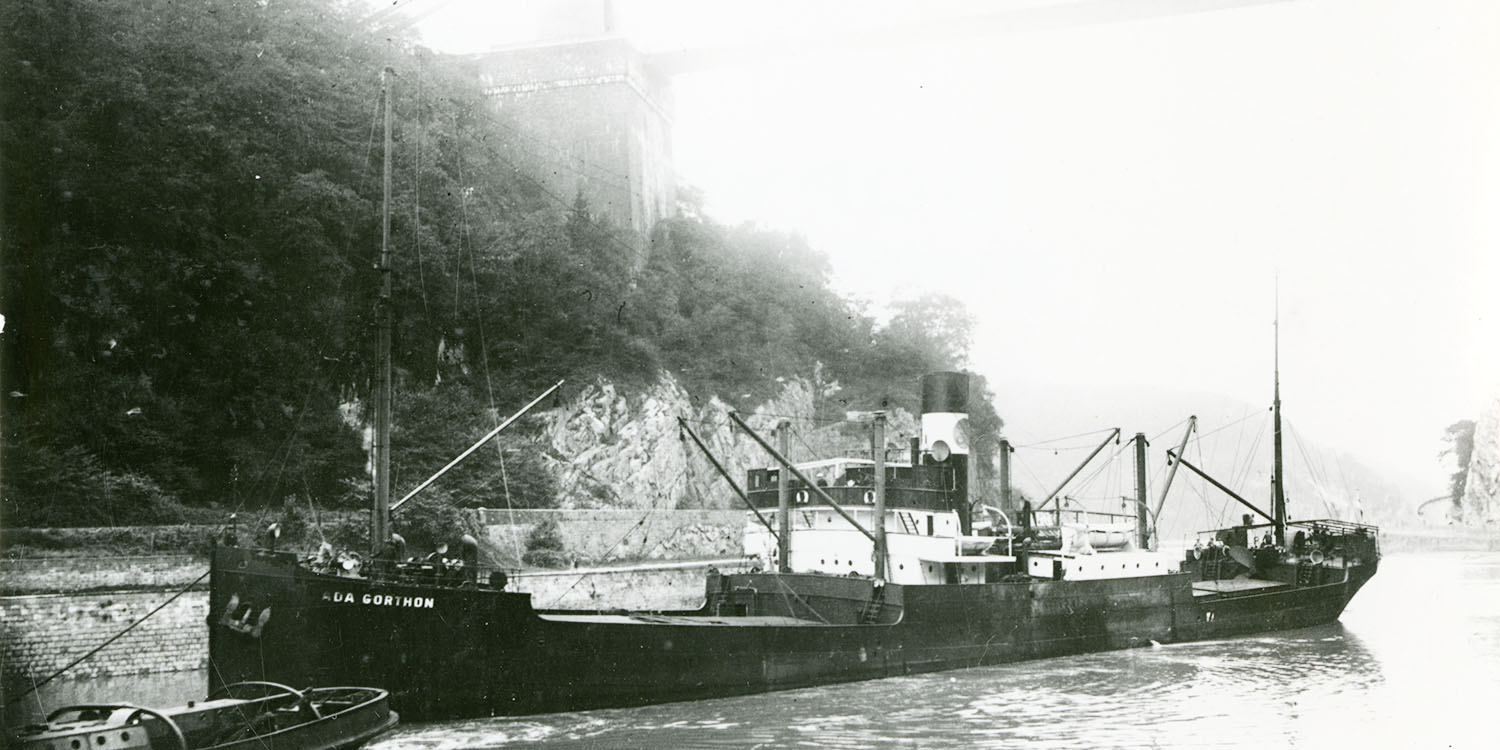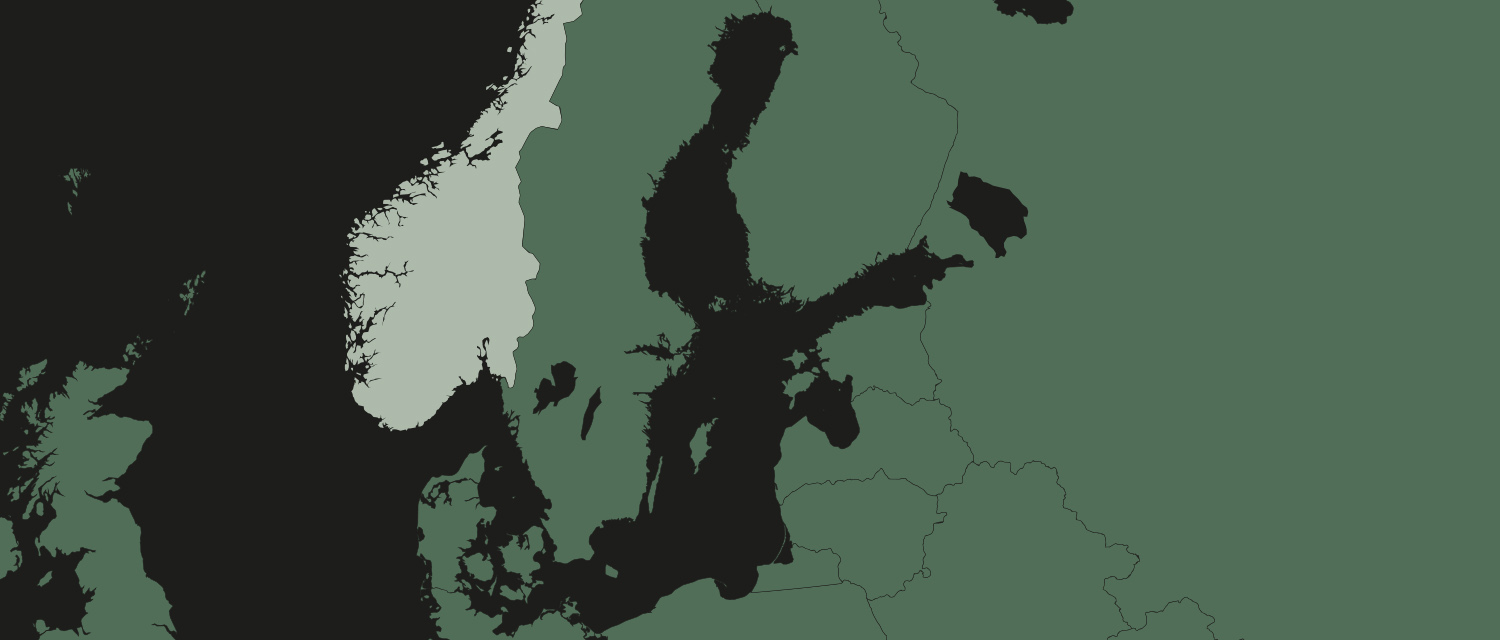During World War II, the German war industry had an enormous need for iron ore, which Germany bought from Sweden and other countries. This was a source of contention for the Allies both during and after the war. In mid-June 1942, the cargo steamer Ada Gorthon loaded nearly 4,000 tonnes of iron ore in Luleå. When she passed Öland a few days later, she was torpedoed by a Russian submarine. Only 8 out of 22 crewmen survived. Ada Gorthon became the first Swedish ship to be sunk in the Russian submarine offensive in 1942.
During World War II, neutral Sweden was a key trading partner of the Nazi German Empire, especially when it came to iron ore. Germany satisfied much of its need for iron ore by importing it from Sweden. Swedish ore had several advantages.
For one, Swedish iron ore contained about 60% iron, unlike Central European ore which only contained about 30%. From Sweden, Germany also got ore that had a low phosphorus content, which was important for manufacturing munitions. Ore exports to Germany were suspended in 1944 under pressure from the Allied powers.
Ada Gorthon departed Luleå on 19 June 1942, carrying 3,700 tonnes of iron ore for transport to Bremen. On 22 June, the ship passed Möckleby on central Öland in a light northern breeze with clear visibility. The lookout in the ship’s bow suddenly sighted a periscope, immediately followed by a torpedo streak heading right towards the ship.
At once, he alerted the officer on bridge duty and then ran aft to warn the rest of the crew. But when he was just halfway there, the torpedo hit the vessel amidships. Ada Gorthon was broken in half and sank almost immediately.
The torpedo had been observed from Bläsinge Harbour just south of Möckleby. Several boats were manned and quickly made their way to the scene, where they were able to rescue eight crewmen. The other 14 men did not make it off the ship, or were swallowed up when she sank.
Russia denied any involvement in the torpedoing, even though torpedo parts marked with Russian words were found. Instead, they argued that it was a German provocation against Sweden. However, later documents revealed that it was the Russian submarine SC 317 that torpedoed the ship.


